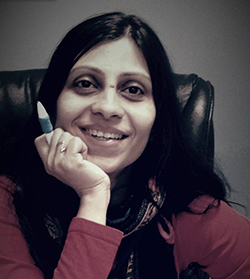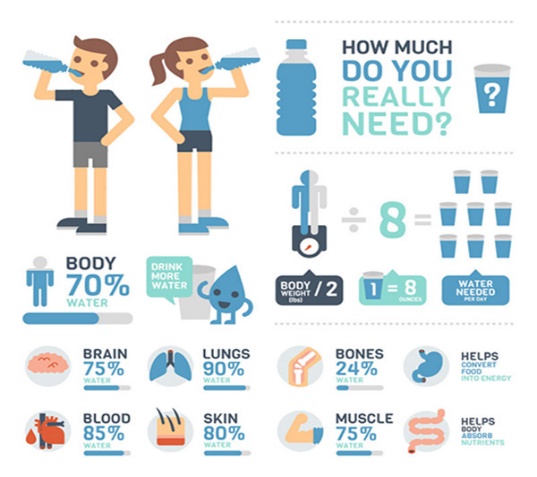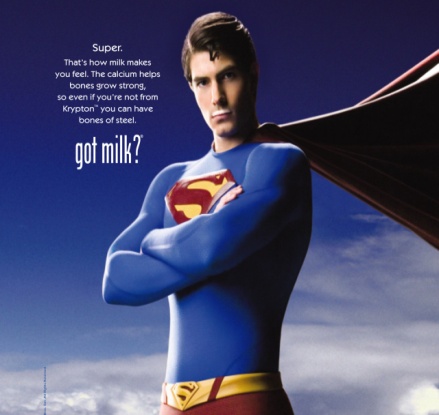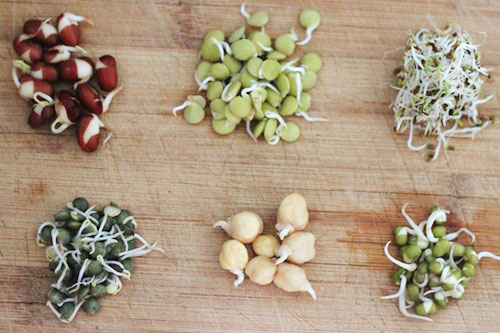 WALTHAM, MA–Sugar comes in many shades and has many names, says Sneh Jaisingh, a certified clinical nutritionist who runs a blog on Facebook called “NutriAge- Nutrition for all ages” that is followed by many around the globe. Recently, she invited her readers to participate in a two-week sugar-free challenge, and 162 people from around the world signed up and decided to take the plunge.
WALTHAM, MA–Sugar comes in many shades and has many names, says Sneh Jaisingh, a certified clinical nutritionist who runs a blog on Facebook called “NutriAge- Nutrition for all ages” that is followed by many around the globe. Recently, she invited her readers to participate in a two-week sugar-free challenge, and 162 people from around the world signed up and decided to take the plunge.
Jaisingh, who works for Berkshire Healthcare’s skilled nursing facility in the North Shore area of Massachusetts and is also a free-lance Health &Lifestyle coach, here talks with INDIA New England News about her sugar-free challenge initiative.
INDIA New England News: How many people have signed up with the challenge?
Sneh Jaisingh: There are 162 folks from around the globe, who decided to take the plunge.
INE: Why sugar?
SJ: Sugar (also known as the white powder) is the new nicotine. Experts suggest that it’s more addictive than cocaine. According to a research by Dr. David Ludwig, M.D., Ph.D, the part of the brain that lights up under sugar consumption is the very same part of the brain that’s triggered by cocaine. Now that’s scary, right? It’s the refined sugar, the one that is stripped off its nutritional value that we are saying no to.
INE: How did we get to this state?
SJ: While we were all worrying about too much fat in our diet, the food manufactures were slowly sneaking sugar into everything one can imagine. They had to, to make the processed food made from refined flour and chemicals taste palatable; the low- fat, reduced calorie kind of crap that unfortunately became “food” for most of us.
There are about 600,000 processed food products available in our local groceries and 80% of that contains hidden sugar.
INE: What are some of the names of sugar?
SJ: There are about 56 or more different names of refined sugar: cane sugar, maltose, high fructose corn syrup, barley malt, mannitol, sorghum sugar, brown sugar, turbinado sugar, to name a few.
With our fast paced boxed meals, processed food and drive-thru lifestyle, one can only imagine how much sugar one consumes. Not to forget the food industry whose goal is to make money off of your addiction and not to keep you healthy. It all adds up!
INE: How much sugar do we consume on daily or monthly basis?
SJ: Research indicates that on an average an individual consumes about 25-30 tsp of sugar/day.
To give you an idea:
A can of 12oz soda = 10tsp of sugar
A medium iced coffee contains around 10-12 tsp of sugar
12 oz of 100% fruit juice contains 10tsp of sugar
6oz of fruit flavored yogurt contains approximately 4tsp,
1 TBsp of ketchup contains 1tsp of sugar
And dare I talk about the breakfast cereals ïÅ
Now let’s do some math.
1 tsp of sugar = 4gm = 16 calories.
30 tsp of sugar = 120gm = 480 calories, which is what you need to eliminate each day for 7 days to shed 1 pound of body weight. How easy is that?
INE: How does sugar relate to various diseases?
SJ: Sugar is a carbohydrate, mainly used as fuel for our body. Sugar enters our bloodstream—our pancreas signals the release of the hormone insulin—insulin regulates the blood sugar. However, when there is excess sugar in the blood– more insulin is released– sugar is stored in liver and muscle in the form of glycogen and fat cells, which may cause non-alcoholic fatty liver.
Excess sugar can also cause insulin resistance- root cause of many diseases like metabolic syndrome, cardiovascular disease, diabetes-II and the epidemic of the 21st century, Obesity. Sugar plays a vital role in this epidemic. Studies indicate that when we produce excess insulin as a result of our high-sugar diets, the insulin prevents leptin, a hormone that helps control appetite. in our head, we think we’re hungry although in reality we’re actually full. And we don’t crave just any food; we go for the “tasty” stuff that’s high in fat and sugar. It’s a vicious cycle.
Sugar is also linked to cancer production and may affect cancer survival. One study found a positive relationship between glucose consumption and the aging of our cells and deficiencies in memory and overall cognitive health as well. And last but not the least, we all know the connection of sugar and tooth decay, don’t we?
INE: Is there any good side to sugar?
SJ: Absolutely! Sugar is nothing but energy, and we all need it. Plus we are biologically programmed to like sweet, that’s typically the first taste we are introduced to after we are born. Sweet food is often synonym to comfort. Go figure.
Sugar is good as long as it’s from natural sources like fruits, vegetables and milk. Apart from the taste, they are loaded with essential vitamins and minerals and most importantly, fiber. Fiber slows down the release of sugar into the bloodstream and prevents blood sugar spikes.
So, yes to natural sugars; no to refined and processed ones. However, do remember moderation is the key to good health.
INE: What do you want to do with the data or responses you collect from the people?
SJ: Life is a process of continuous learning and evolution. Each day we learn something new that shapes our journey ahead. The experiences gained from the participants of the programs I conduct helps refine my own understanding of how food influences our physical and mental wellbeing. This helps me design (and redesign) my clinical practice.
I have had some amazing clinical results and stories of lifestyle /health transformations and I am in the process of compiling all the data into a book. It’s a work in progress.
INE: Does this sugar-free challenge include direct sugar and sugar products such as coke, soda, candy?
SJ: Yes, it does. The simple rule is if it’s not real, it’s out. All forms of refined sugar and products that contain added sugar are refrained for 14 days. This includes sodas, juices, sports drink, candies, cereals, salad dressing, canned soups, pasta sauce, bread, etc. Believe me, it gets challenging because we are so dependent on these “man-made” foods and consume these completely oblivious of the harm it’s causing. Sadly, even our taste buds are forgetting the “real” tastes.
INE: What about fruits?
SJ: Fruits/dried fruits (with no added sugar) are nature’s bounty. They are loaded with essential vitamins and mineral along with fiber. They are allowed in this program.
INE: What is your vision with this challenge?
SJ: My vision with this challenge is to:
• Cleanse the body and give a break to hard working organs that are dealing with sugar overload.
• Increase awareness. Being aware brings realization, which can cause transformation. We become more conscious of what to buy and consume and also our taste buds can now differentiate between real and manmade foods.
• Hope that the awareness gained through this challenge and the process of weaning our minds of the addiction is able to create a lasting effect, though with reduced intensity.














